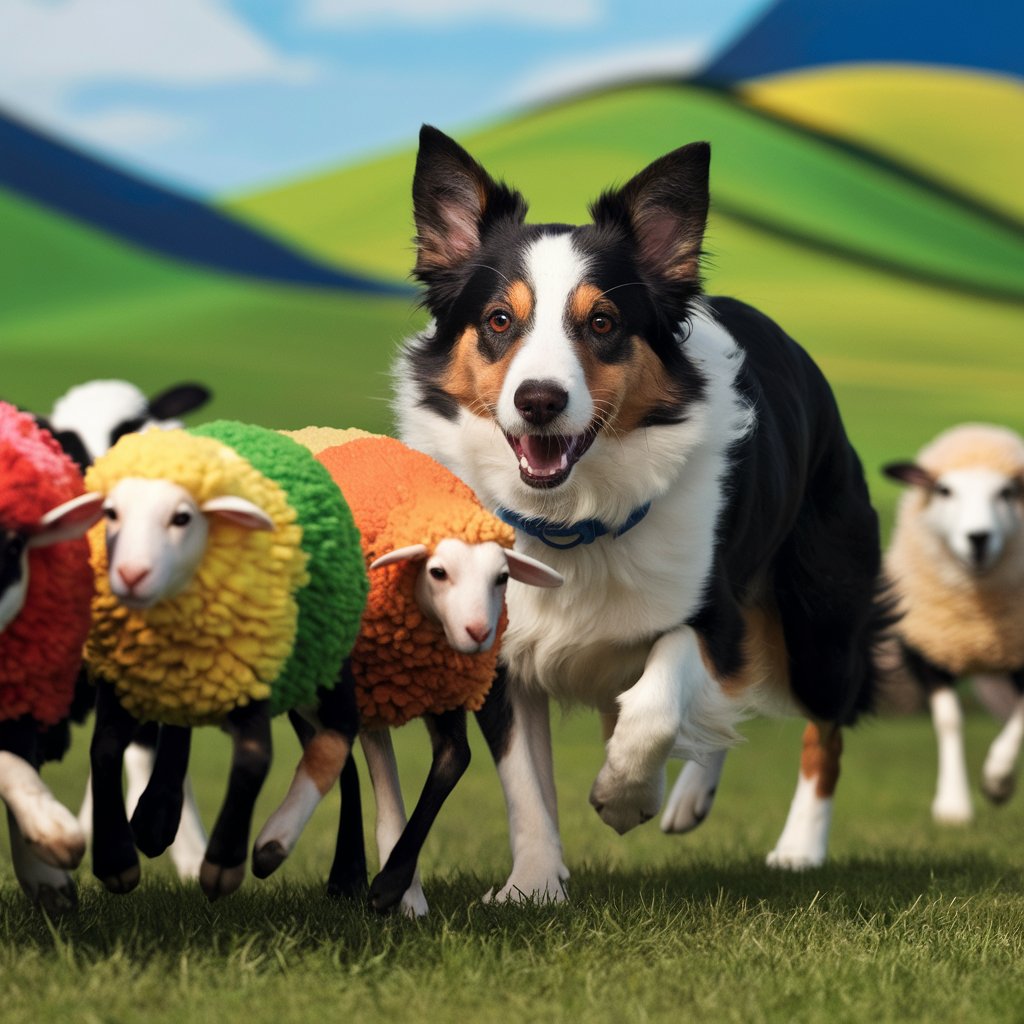Recognizing and responding to your behavior will strengthen your relationship and guarantee a contented, well-behaved dog. Every breed is different, and these differences might have an impact on their behavior. This manual will assist you in understanding typical behaviors in your and provide useful training advice.

Frequent behavioral quirks: excessive barking
Cause: Because of their protective attitude, excitement, or boredom, this breed may bark more than others.
Advice: Make sure you are mentally and physically stimulated. Reward peaceful behavior with positive reinforcement, and reroute barking to the right stimuli.
Divorce Fear:
Cause: This breed may have trouble being alone and develop strong relationships.
Advice: Use brief, constructive separations to help your dog become used to being alone themselves. To keep them busy, give them toys and puzzles, and think about training that emphasizes on their self-esteem.
High Levels of Energy
Cause: can need a lot of energy and benefit from regular exercise.
Advice: Establish a regular fitness schedule that include playtime, walks every day, and cerebral stimulation activities. To keep kids interested, conduct training sessions and activities.
Being obstinate:
Cause: The independent or obstinate temperament of certain breeds is well-known.
Advice: Use strategies for positive reinforcement, such praise and treats, to inspire and support desired behavior. Make training sessions interesting and brief.
Environmental Change Sensitivity:
Cause: may react negatively to alterations in their habit or surroundings.
Advice: To assist them in adapting, make incremental changes and stick to a regular schedule. In novel circumstances, use positive reinforcement to reinforce calm behavior.
Requirements for Socialization:
Cause: For this breed to get along with both people and other dogs, a lot of socialization may be necessary.
Advice: Starting at a young age, expose your dog to a variety of situations, people, and other animals. Positive experiences will support their growth into mature, well-rounded people.
Training Advice for Positive Reinforcement:
Method: Reward good behavior with toys, praise, and goodies.
Benefits: Develops a solid, loving bond with your dog and reinforces desired behavior.
Continuity:
Approach: Use the same guidelines and directives every time.
Benefits: Lessens confusion and aids in your dog’s understanding of expectations.
Brief Instructional Sessions:
Method: Hold concentrated, five to ten minute training sessions.
Benefits: Prevents boredom and irritation by keeping your dog active.
Unambiguous Communication
Method: Make basic, unambiguous motions and commands.
Benefits: Prevents misunderstandings and guarantees that your dog knows what’s expected of him.
Perseverance and Patience:
Method: When dealing with difficult or obstinate behaviors, exercise patience and persistence.
Benefits include helping your dog learn at their own pace and fostering trust.
Exposure and Socialization:
Method: Consistently expose your dog to new situations, people, and canines.
Benefits: Encourages flexibility and lessens hostility or fear.
Exercise and Cognitive Excitation:
Method: Offer mental and physical challenges on a regular basis, including training exercises or puzzle toys.
Benefits: Lessens behavioral issues brought on by excessive energy and boredom.
Taking Care of Behavioral Problems
hostility:
Causes of aggression include lack of socialization, fear, and territoriality.
To ensure a customized approach, seek advice from a qualified dog trainer or behaviorist. To increase self-assurance and lessen violent inclinations, use positive reinforcement.
Destructive Actions:
Cause: Digging or chewing can result from boredom or worry.
Advice: Give suitable chew toys and boost cerebral stimulation. If necessary, address separation anxiety.
Pulling a leash:
Cause: Excitation or a lack of experience might lead to pulling.
Advice: Train your dog to walk calmly on a leash and use a no-pull harness. Give them something for following you around.
Leaping Forward:
Cause: Leaping frequently indicates enthusiasm or the desire for attention.
Advice: Reward your dog for calm greets and teach them an alternate behavior, like sitting.
In summary
The secret to building a strong bond with your and guaranteeing their wellbeing is to understand and deal with their behavior. Through comprehension of their peculiarities and utilization of efficient training methods, you may handle behavioral problems and improve your dog’s quality of life. It is important to train your with patience, consistency, and positive reinforcement so they can live happy, healthy lives.
